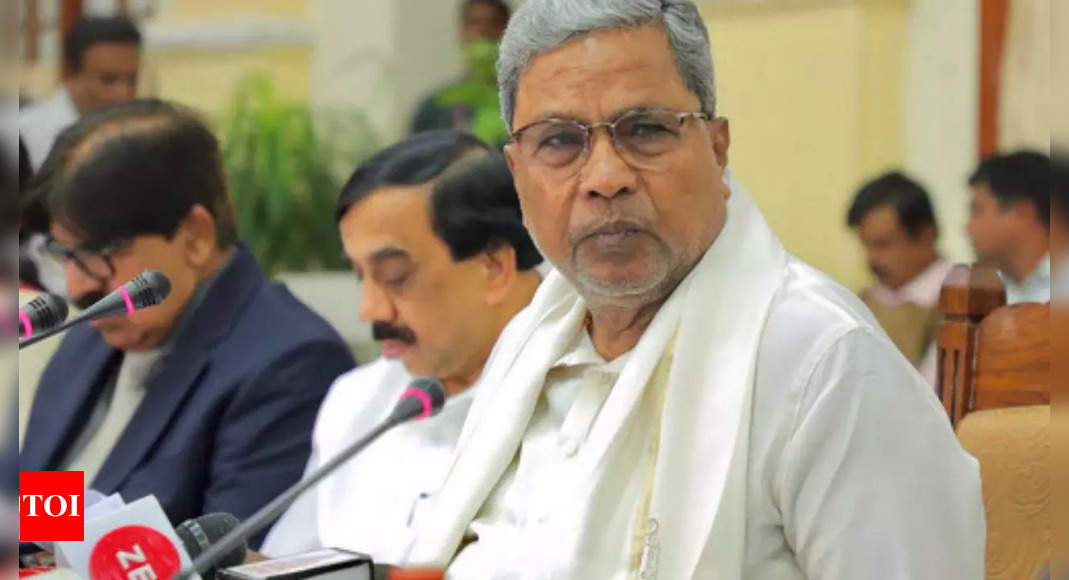Bengaluru’s first elevated rotary flyover has been allocated Rs 263 crore in the Karnataka state budget. The flyover will be built at the IOC junction near Sir M Visvesvaraya Terminal in Byappanahalli. The lack of a good road network has resulted in severe traffic congestion near the terminal, inconveniencing the general public.
The proposed elevated rotary flyover aims to provide connectivity to four important locations: Maruthisevanagar, Banaswadi, Kamanahalli, and Baiyappanahalli. The BBMP will implement the project by demolishing the existing Railway over Bridge at IOC Junction.
To implement the project, 28,765 square meters of land belonging to the government, railways, and defense will need to be acquired. The BBMP official stated that the rotary flyover will seamlessly connect the railway terminal and major roads. The idea for the flyover has been borrowed from Chennai, and its total diameter will be 95 meters.
The non-integration of the terminal with other modes of transport and the poor road network have been persistent concerns for the general public. Southwestern Railway (SWR) invested over Rs 320 crore to build the country’s first centralized AC terminal. However, the delayed commercial operations of the terminal were partly attributed to the poor road network. The terminal currently operates 28 pairs of trains and its daily passenger footfall has increased from 3,500 to 25,000.
In his election eve budget, former Chief Minister Basavaraj Bommai had allocated Rs 300 crore for comprehensive development of roads connecting the terminal.
The Siddaramaiah government has retained the allocation of Rs 1,000 crore made by the Bommai government for the implementation of suburban rail projects. The central government has released Rs 500 crore to date, and the state government has released Rs 660 crore. Citizens for Citizens convener Rajkumar Dugar has urged the government to expedite the project and facilitate raising the required funds.
The Chief Minister has announced that Namma Metro’s operational network will be increased from 70 km to 176 km in the next three years, servicing 2.5 times more people than the current coverage. The budget states that an average of 5.7 lakh people use Namma Metro services. This year, commercial operations will begin on several metro lines.
The detailed project report on Phase III of Namma Metro, estimated to cost Rs 16,328 crore, has been submitted for approval. An additional proposal to build a metro line from Hebbal to Sarajapura spanning 37 km at an estimated cost of Rs 15,000 crore will also be submitted for approval.











